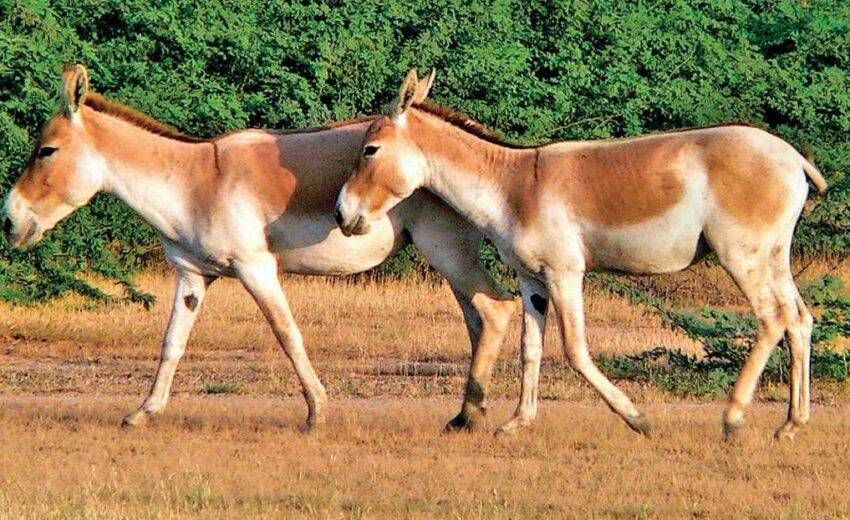The Indian wild donkey, aka wild ass, Ghudkhur, Khur, or Indian onager (in the local Gujarati language), can primarily be found in Gujarat, in the Indian subcontinent. These donkeys
- Zoology
- Daily Critter Facts
- For Teachers
- Study Guides
- Animal Diseases & Parasites
- Contact

